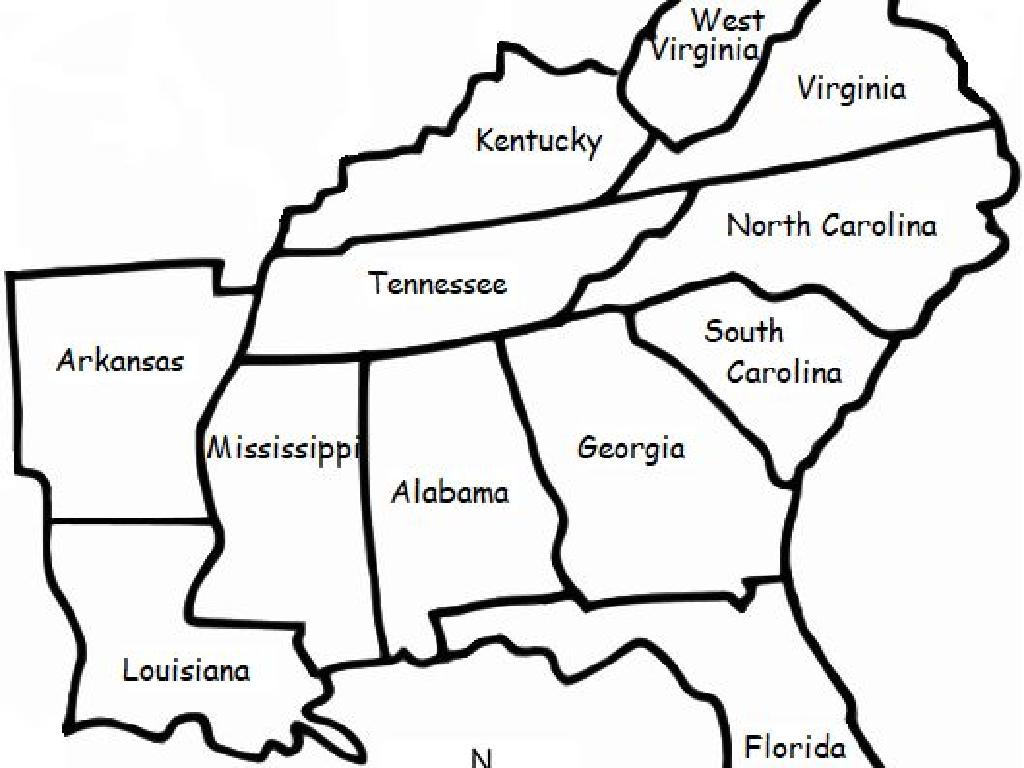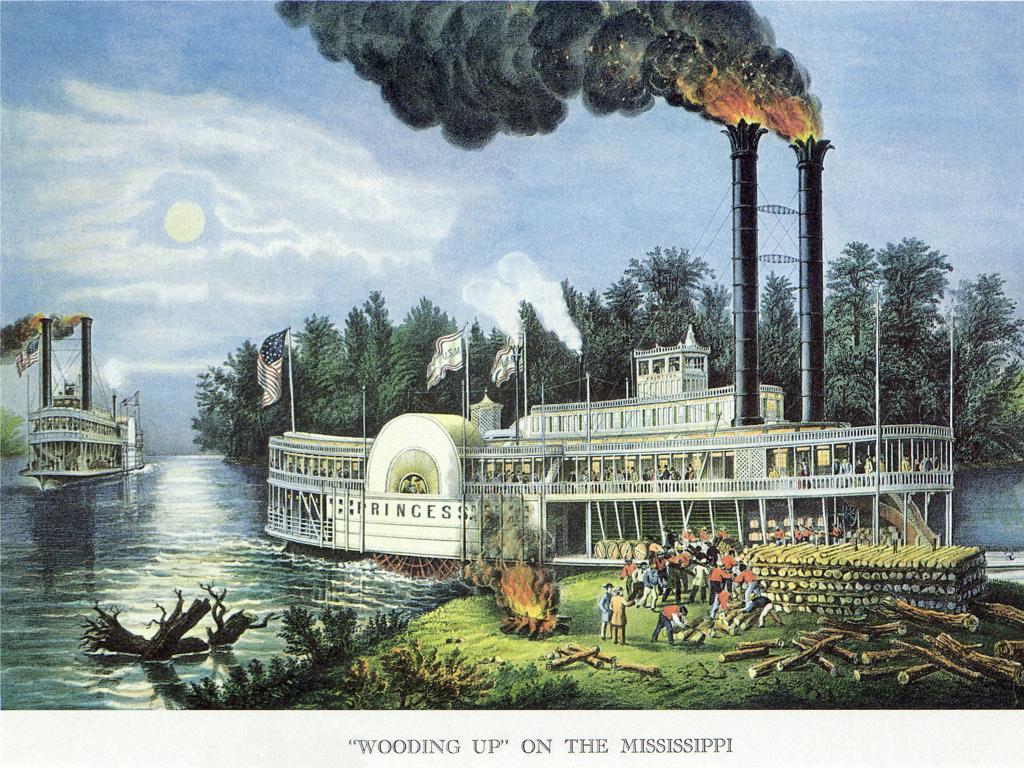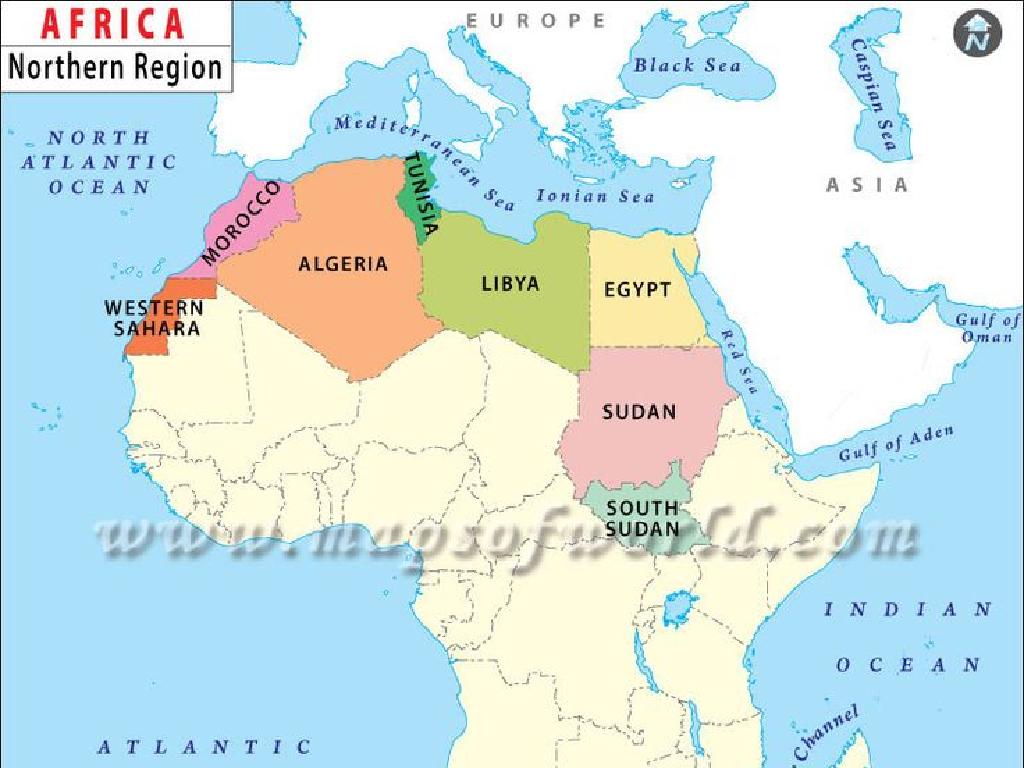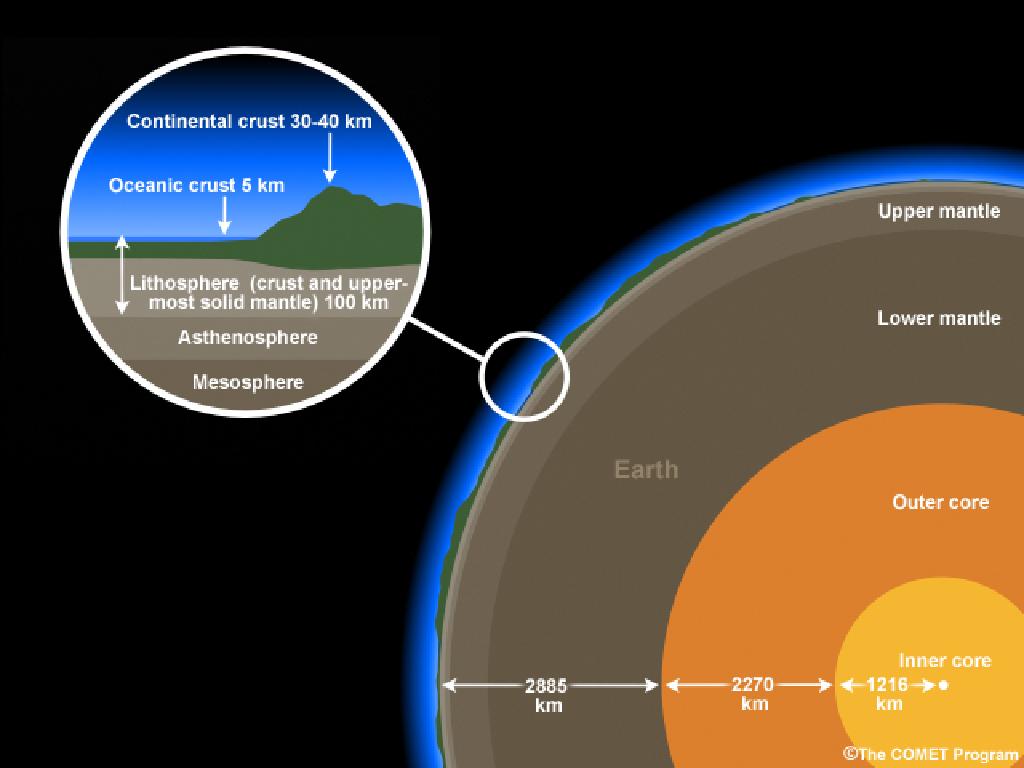Agriculture & Complex Societies
Subject: Arts and humanities
Grade: High school
Topic: Big History Project
Please LOG IN to download the presentation. Access is available to registered users only.
View More Content
Big History: Agriculture & Complex Societies
– Overview of Big History Project
– Agriculture’s role in society
– Agriculture led to settled communities and the rise of civilizations.
– Agriculture’s historical impact
– The shift from hunter-gatherer to farmer was pivotal in human history.
– Examining societal transformations
– Explore how agriculture enabled trade, specialization, and social hierarchies.
|
This slide introduces the Big History Project and focuses on the transformative role of agriculture in the development of complex societies. It’s crucial to convey how agriculture allowed humans to settle, store food, and develop surplus, which in turn led to trade, job specialization, and the formation of social classes. Highlight the significance of the Neolithic Revolution as a turning point in human history that paved the way for the modern world. Encourage students to think critically about how these changes have shaped societies and to consider the long-term effects of agricultural development on human civilization.
The Dawn of Agriculture
– Defining agriculture’s emergence
– Agriculture is the cultivation of crops and domestication of animals, which began to support larger populations.
– The shift to farming
– Transition from nomadic foraging to settled farming, known as the Agricultural Revolution.
– First regions of agriculture
– Agriculture first developed in regions like the Fertile Crescent, China, and Mesoamerica.
– Impact on human societies
– This shift led to complex societies, with social structures, trade, and technological advancements.
|
This slide introduces the concept of agriculture and its significance in human history. Agriculture, involving both crop cultivation and animal domestication, allowed humans to settle and form stable food supplies. The Agricultural Revolution marked a pivotal shift from hunter-gatherer societies to agrarian ones. Highlight the regions where agriculture independently originated, emphasizing the Fertile Crescent, East Asia, and the Americas. Discuss how agriculture was a catalyst for the development of complex societies, enabling population growth, the establishment of social hierarchies, and the beginnings of trade and technology. Encourage students to consider how agriculture influenced cultural and technological advancements, setting the stage for the civilizations that followed.
Impact of Agriculture on Societies
– Rise of settled communities
– Agriculture allowed people to live in one place, leading to villages and towns.
– Surplus food spurs population
– More food meant more people could be fed, leading to larger communities.
– Labor specialization emerges
– Not everyone needed to farm, so other jobs like pottery and weaving arose.
– Diverse social roles develop
– With varied jobs, social structures became more complex with different roles.
|
This slide explores the profound effects of agriculture on early human societies. The transition from nomadic lifestyles to settled communities was a direct result of the ability to cultivate crops and domesticate animals. This stability led to a surplus of food, which supported larger populations and enabled societies to grow. As not everyone was required to produce food, individuals began to specialize in different types of work, leading to the development of new crafts and professions. This specialization was crucial in the formation of complex social structures with distinct roles and hierarchies. Discuss how these changes laid the foundation for modern civilization and encourage students to think about how these early developments still impact society today.
Agriculture’s Impact on the Environment
– Landscape changes from farming
– Deforestation and soil erosion altered habitats.
– The rise of irrigation systems
– Irrigation allowed cultivation in arid regions, boosting food production.
– Long-term effects of early agriculture
– Soil depletion, salinization from irrigation, and biodiversity loss.
– Balancing agriculture and ecology
|
This slide examines the environmental consequences of agricultural development. Initially, agriculture dramatically changed natural landscapes, leading to deforestation and soil erosion. The development of irrigation was a pivotal moment in human history, allowing societies to farm in areas previously unsuitable for agriculture and significantly increasing food production. However, these practices also had long-term environmental impacts, such as soil nutrient depletion and salinization, which occurred due to improper irrigation methods. Additionally, the spread of agriculture led to a loss of biodiversity. It’s crucial to discuss how we can learn from the past to create sustainable agricultural practices that balance human needs with ecological preservation.
Complex Societies and Their Characteristics
– Defining complex societies
– A society with structured systems of governance, law, economy, and social roles.
– Governance and law roles
– Governance provides structure, while laws maintain order and resolve conflicts.
– Trade and cultural exchanges
– Trade routes facilitate cultural exchanges and economic growth.
– Idea dissemination in societies
– Ideas spread through trade, leading to cultural and technological advancements.
|
This slide aims to outline the defining features of complex societies, which are typically characterized by their advanced organizational structures and institutions. Students should understand that complex societies have a clear governance system that guides political decision-making and enforces laws to maintain order. Additionally, these societies often have a robust economy supported by trade, which not only brings wealth but also cultural exchanges. The spread of ideas is a crucial aspect of complex societies, leading to innovation and the evolution of culture. Encourage students to think about modern examples of complex societies and how these characteristics are present today.
Mesopotamia: The Cradle of Civilization
– Mesopotamia’s role in civilization
– Known as the birthplace of the first cities and writing system.
– Agriculture’s impact on city-states
– Farming surplus led to urban development and social hierarchies.
– Mesopotamian societal innovations
– Inventions like the wheel, sail, and plow transformed daily life.
– Contributions of Mesopotamia
– Law codes, mathematics, and astronomy influenced future societies.
|
This slide explores Mesopotamia’s pivotal role in the birth of civilization, highlighting how agricultural advancements enabled the rise of city-states. Discuss the transformation from nomadic tribes to structured societies with social classes. Emphasize the innovative spirit of Mesopotamia, which led to significant contributions such as the wheel, sail, and plow, and how these inventions revolutionized transportation, trade, and agriculture. Additionally, delve into Mesopotamia’s intellectual legacy, including the creation of the first law codes, advances in mathematics, and the development of astronomy. These contributions laid the groundwork for modern society and are a testament to the ingenuity of Mesopotamian civilization.
Agriculture’s Impact: Past and Present
– Legacy of ancient farming
– Early techniques shaped today’s methods
– Modern agriculture’s challenges
– Issues like climate change and resource depletion
– Linking past and present practices
– How traditional methods inform current innovations
– Sustainability in today’s farming
– Efforts to reduce environmental impact
|
This slide explores the evolution of agriculture from ancient times to the present, highlighting the enduring influence of early agricultural practices on modern methods. It addresses the challenges faced by today’s agriculture, such as climate change, and the need for sustainable practices. The slide encourages students to consider how ancient techniques can provide insights into sustainable farming and to discuss the balance between maintaining productivity and protecting the environment. The goal is to foster an understanding of the interconnectedness of past and present agricultural practices and the importance of sustainability in ensuring food security for future generations.
Class Activity: Simulating Early Farming
– Create a classroom ‘farm’
– Groups represent farming communities
– Plan farming strategy with resources
– Use seeds, soil, and water to simulate crops
– Discuss early farmers’ challenges
– Consider factors like climate, seasons, and pests
|
This activity is designed to give students a hands-on experience with the basics of early farming. By dividing the class into small groups, each student can actively participate in the decision-making process that early farmers had to go through. Provide each group with a set of resources (seeds, soil, and water) to plan their farming strategy. Encourage them to consider variables such as climate, seasonal changes, and potential pests or diseases. After the activity, lead a discussion on the challenges they faced, the decisions they made, and how this relates to the development of complex societies in human history. Possible variations of the activity could include dealing with unexpected events like drought or flood, trading resources between groups, or comparing different types of crops.
Reflecting on Agriculture & Complex Societies
– Recap of agriculture’s role
– Ancient practices in modern context
– How traditional farming techniques influence today’s sustainable practices.
– Encourage student questions
– Reflect on today’s learning
– Think about how this knowledge impacts our view of history and society.
|
This slide aims to wrap up the session by revisiting the key points discussed about the role of agriculture in the development of complex societies. Highlight how the understanding of ancient agricultural practices provides insight into sustainable farming methods used today. Open the floor for students to ask any lingering questions, ensuring they feel comfortable with the material. Encourage them to reflect on what they’ve learned and how it connects to the broader context of human history and societal development. This reflection will help solidify their understanding and appreciation of the subject matter.






